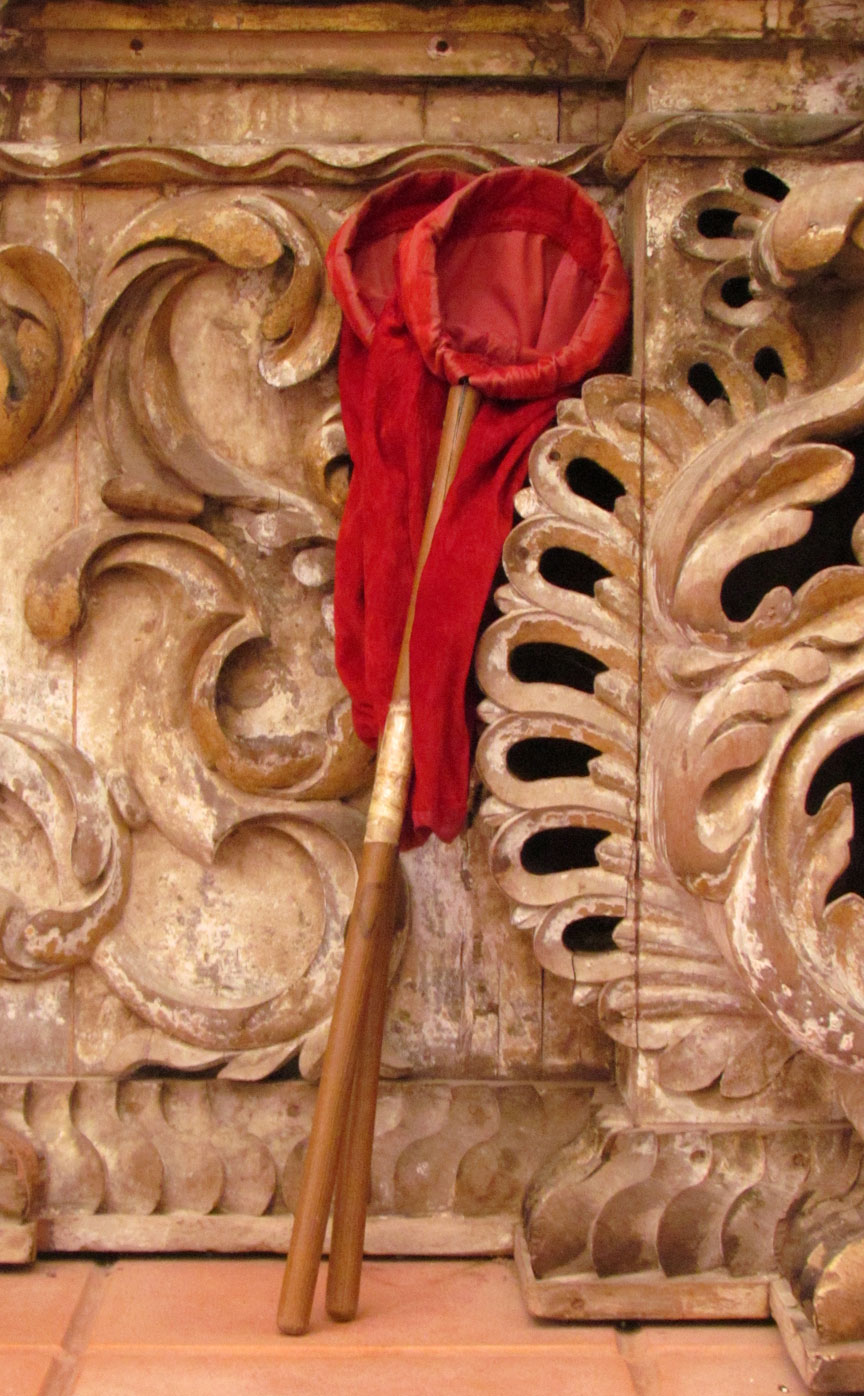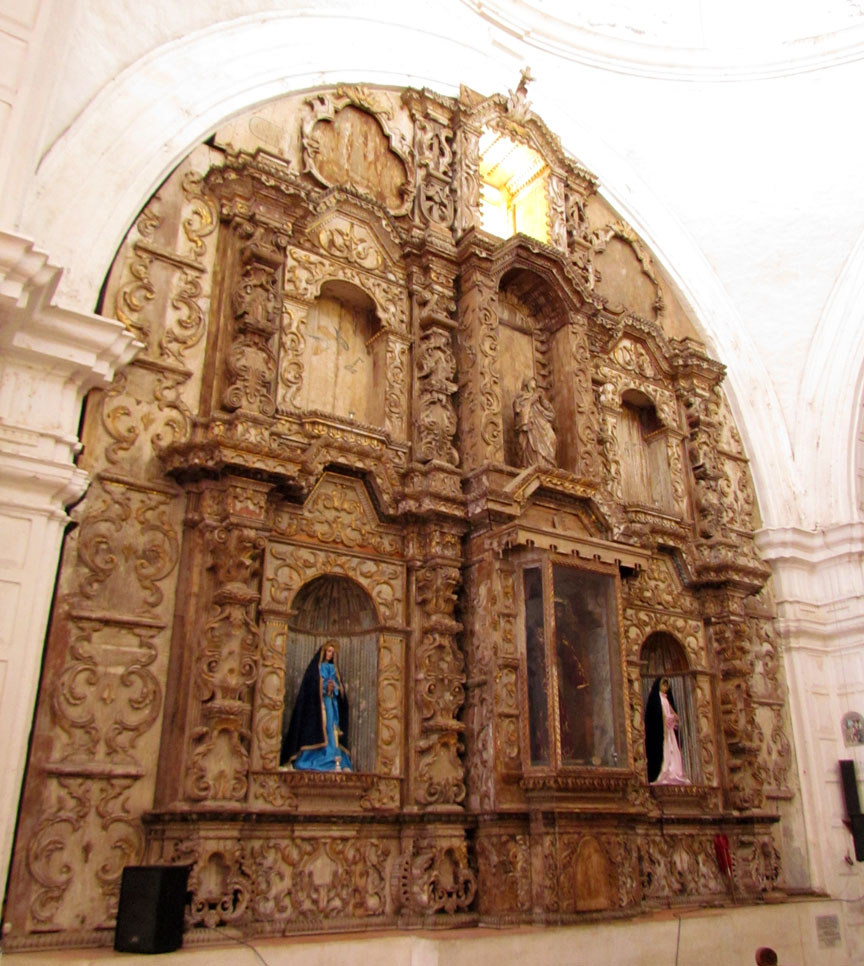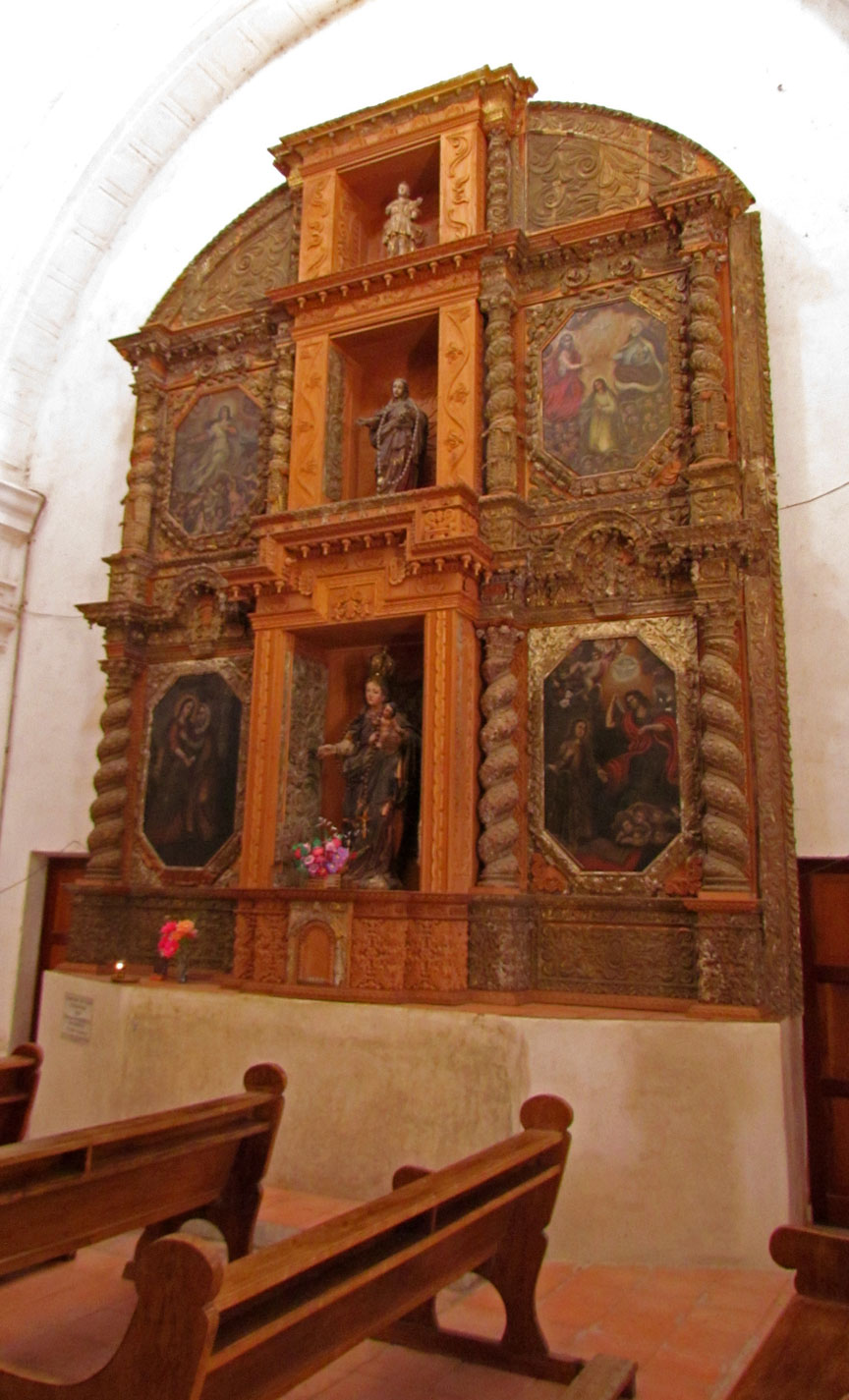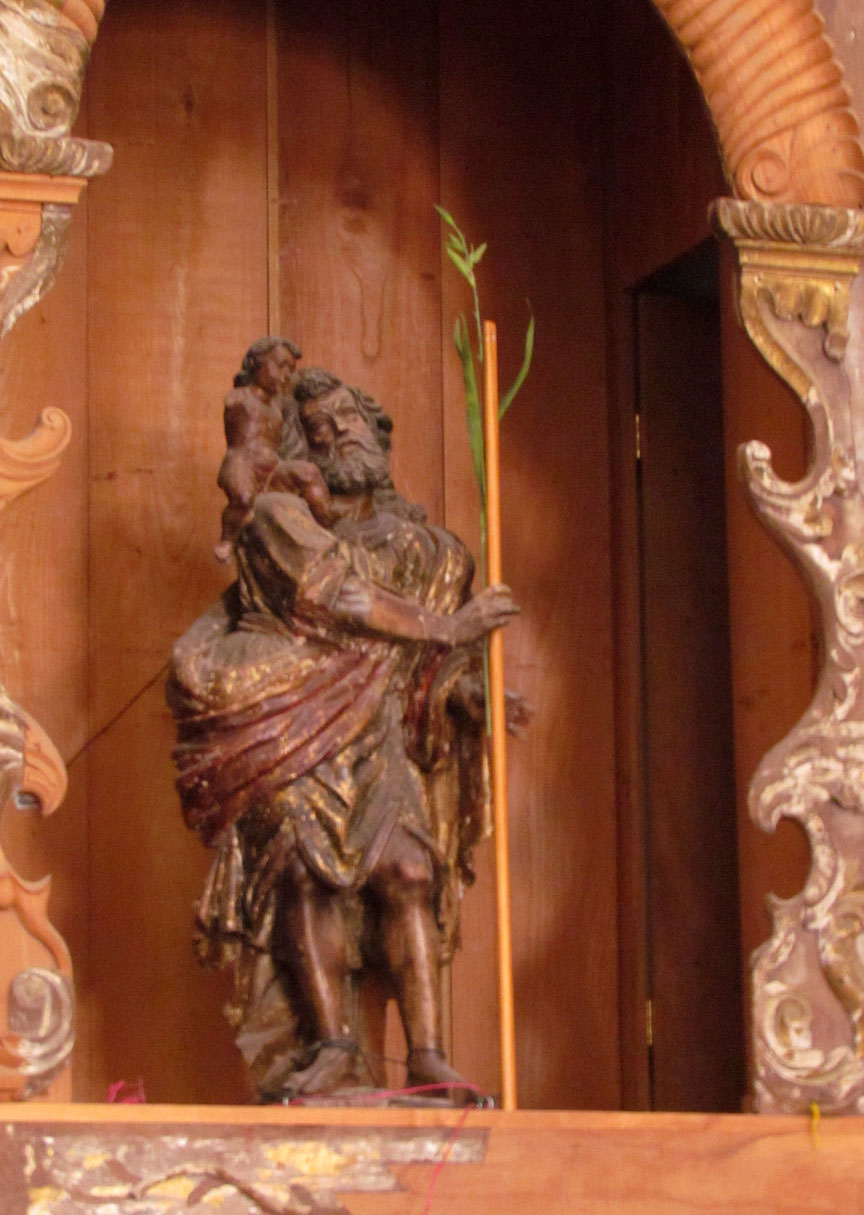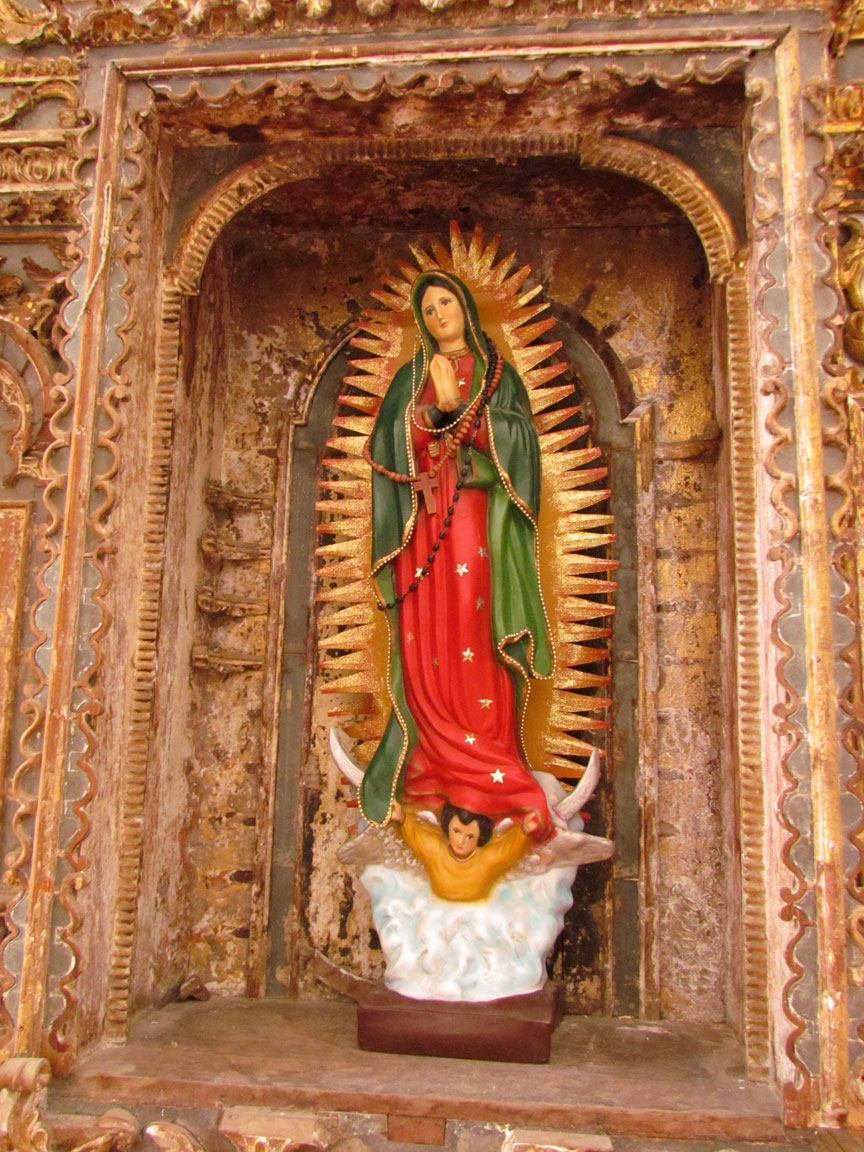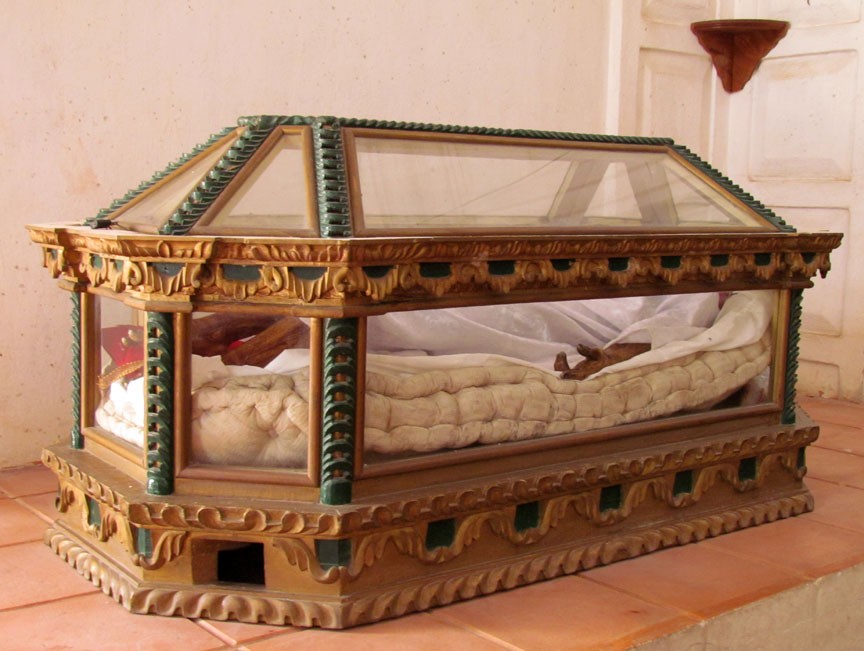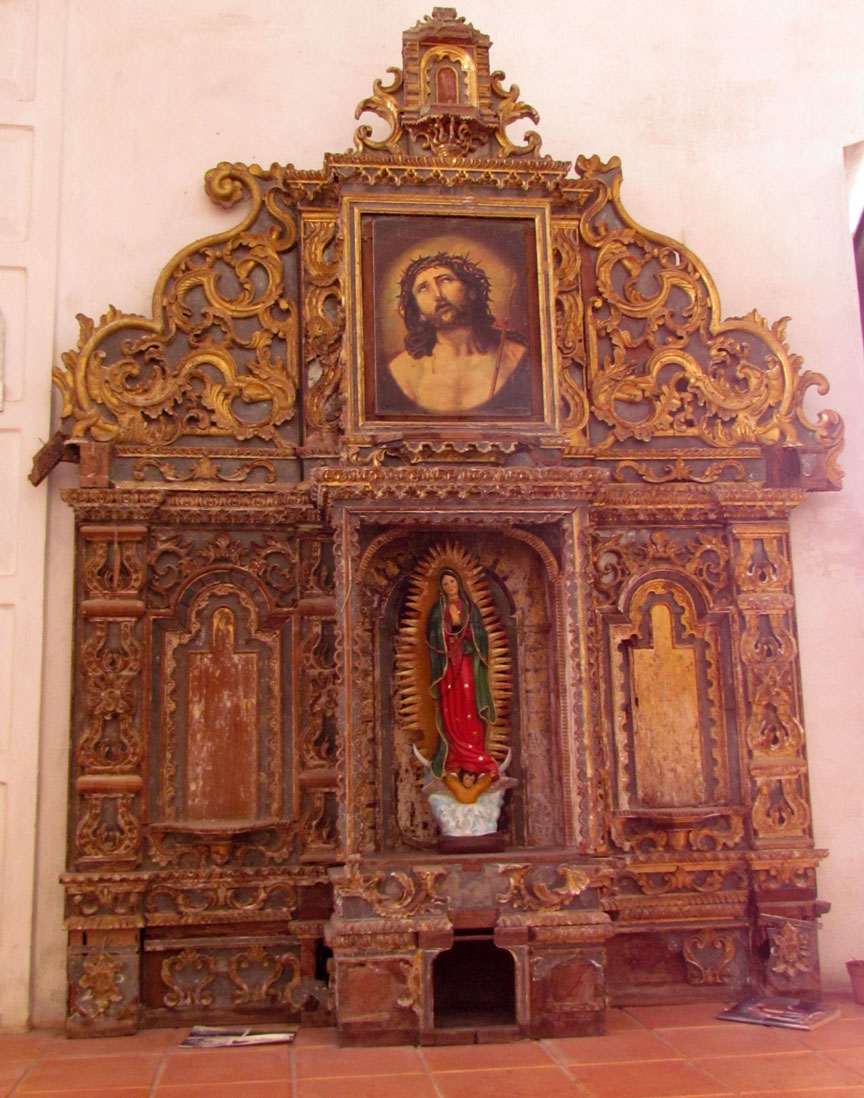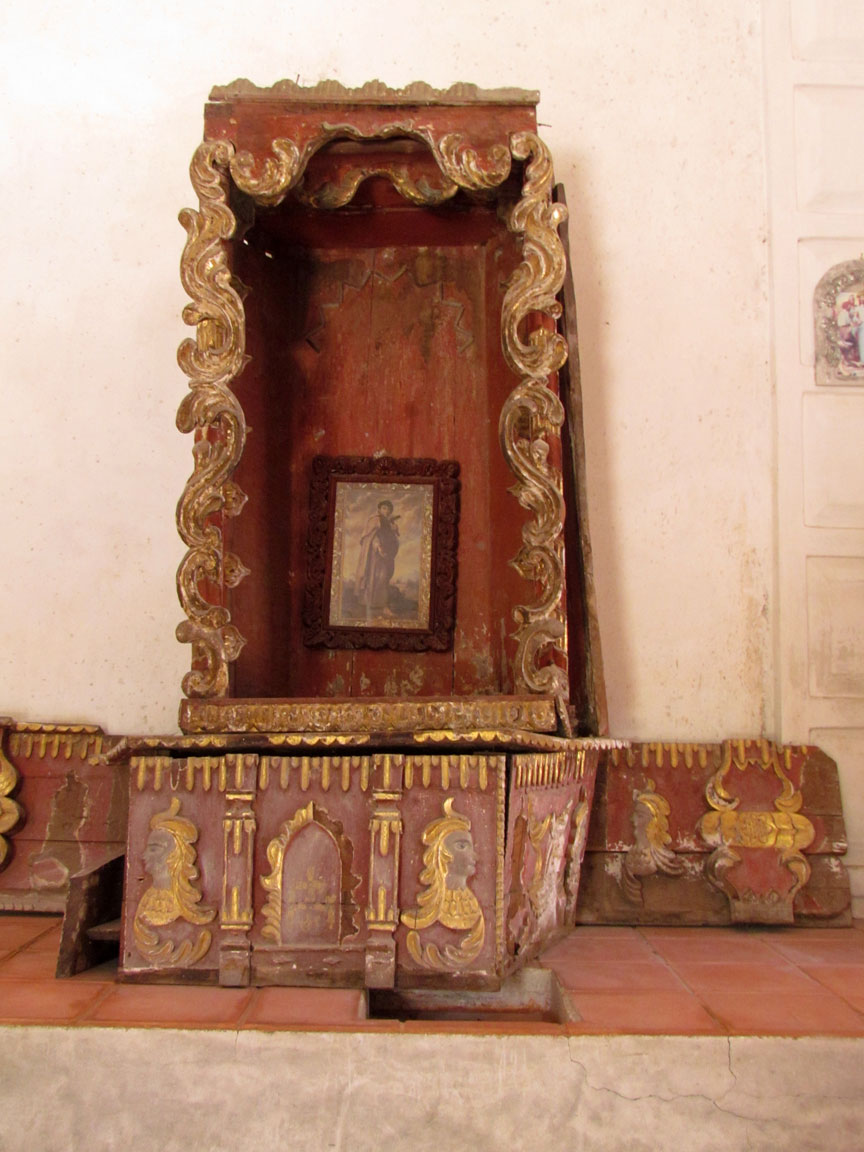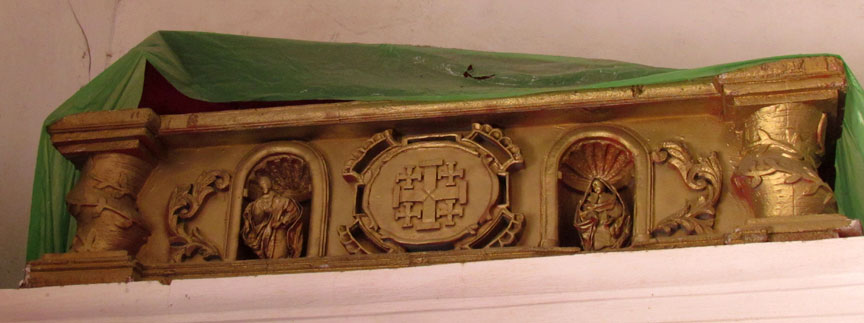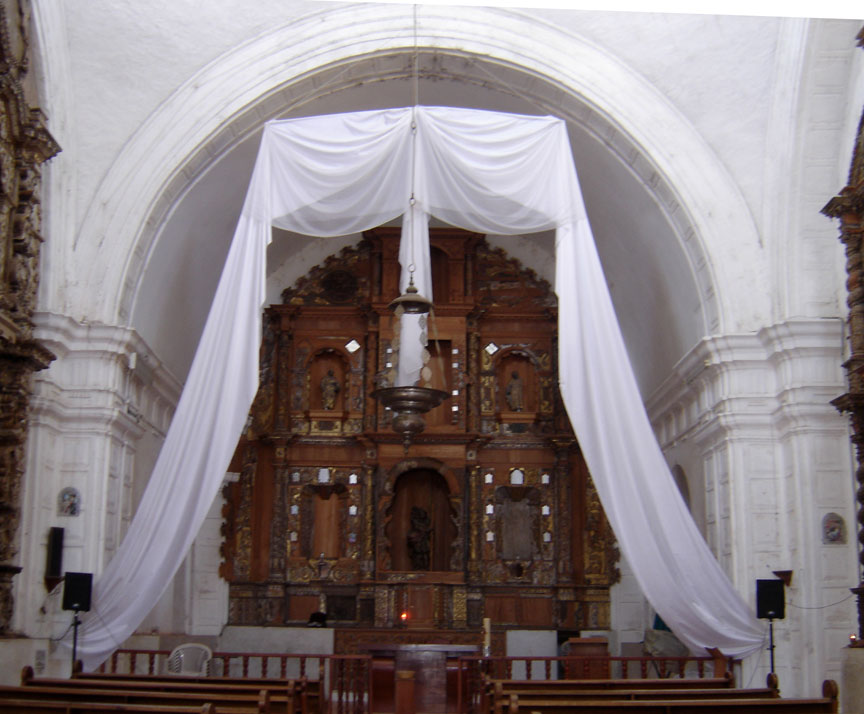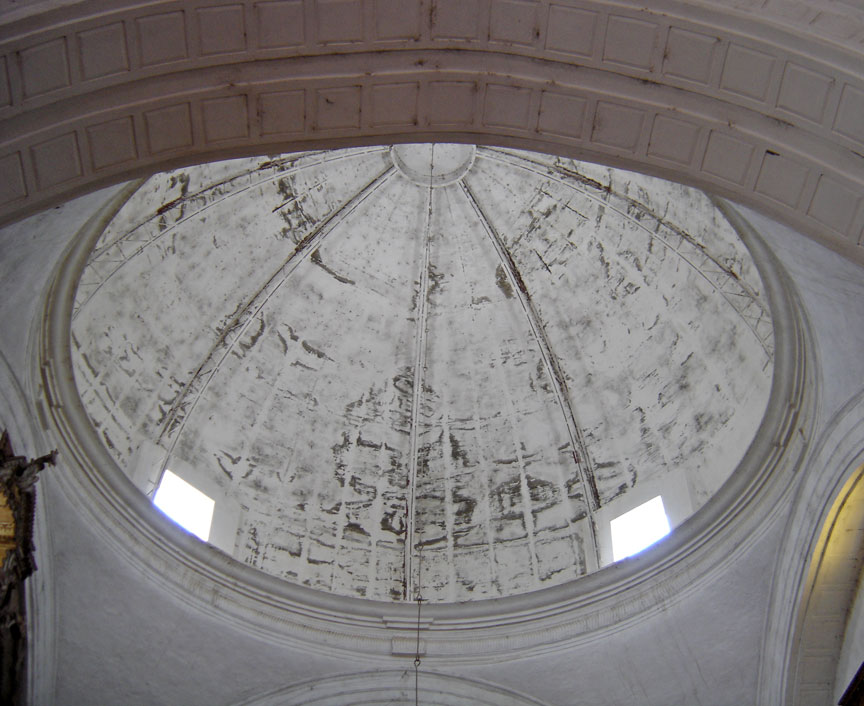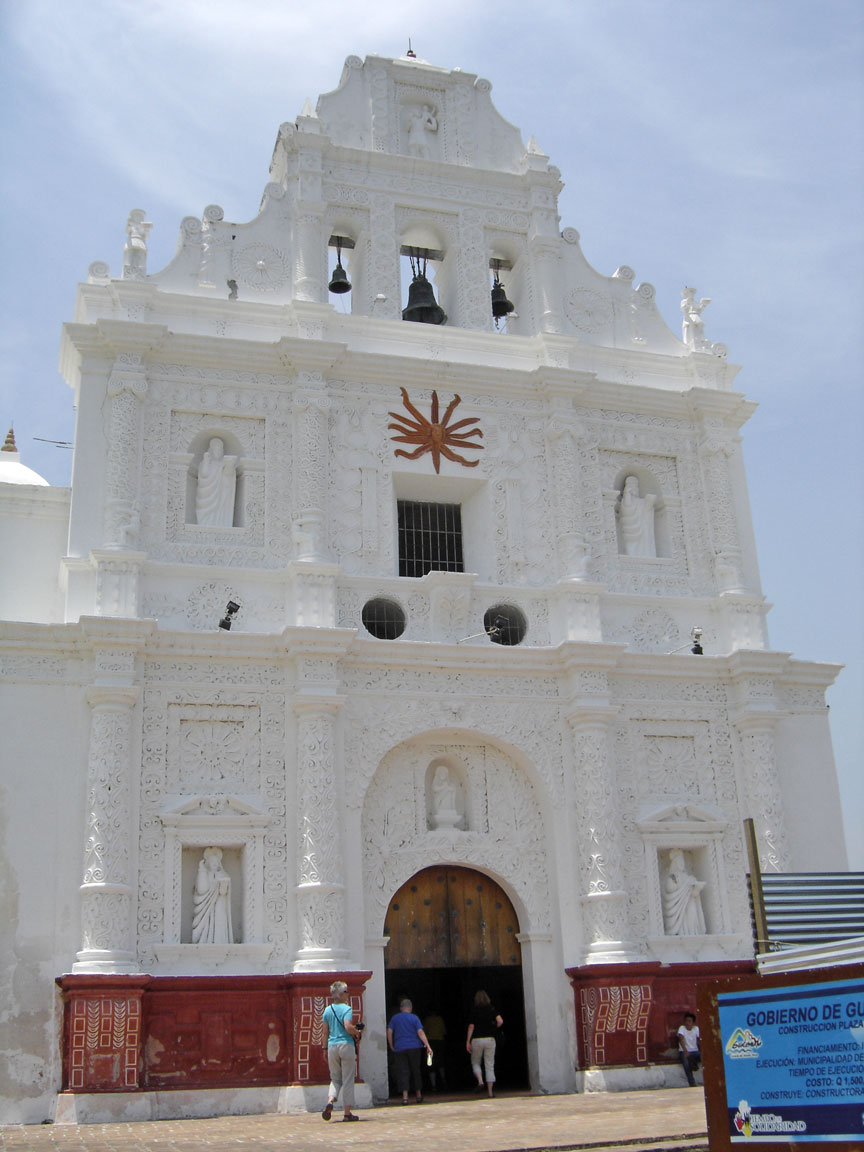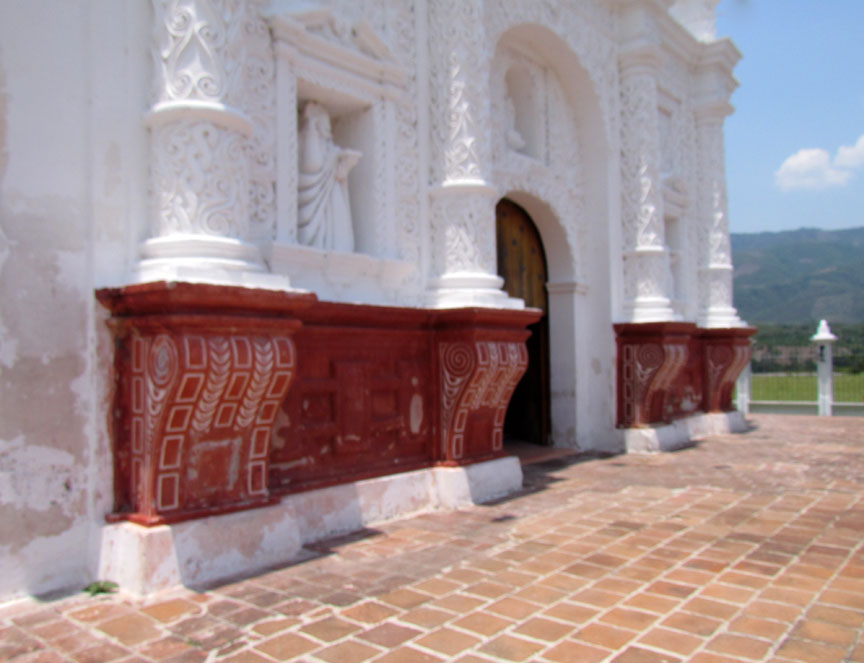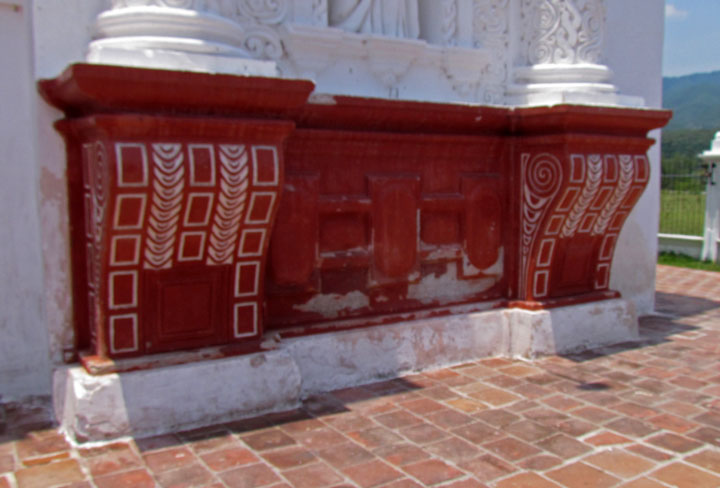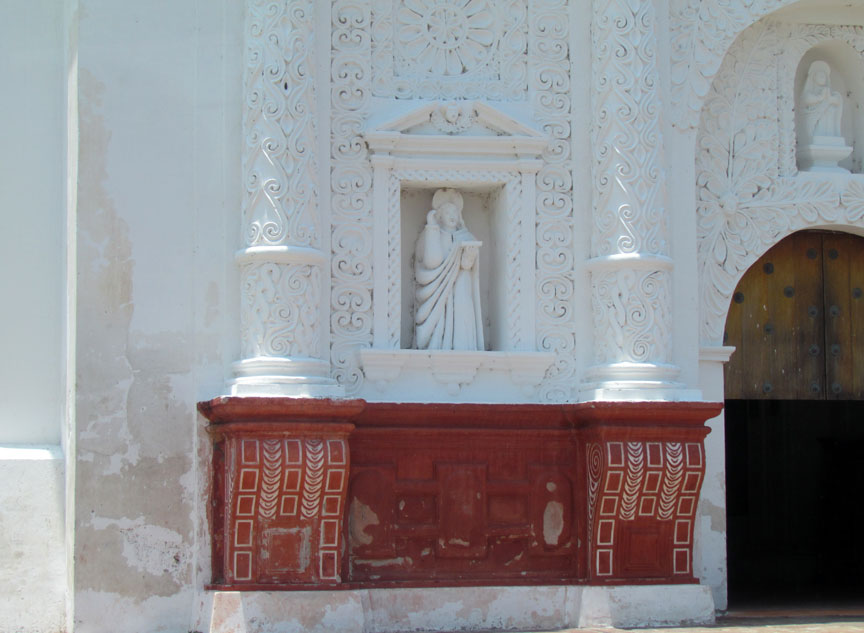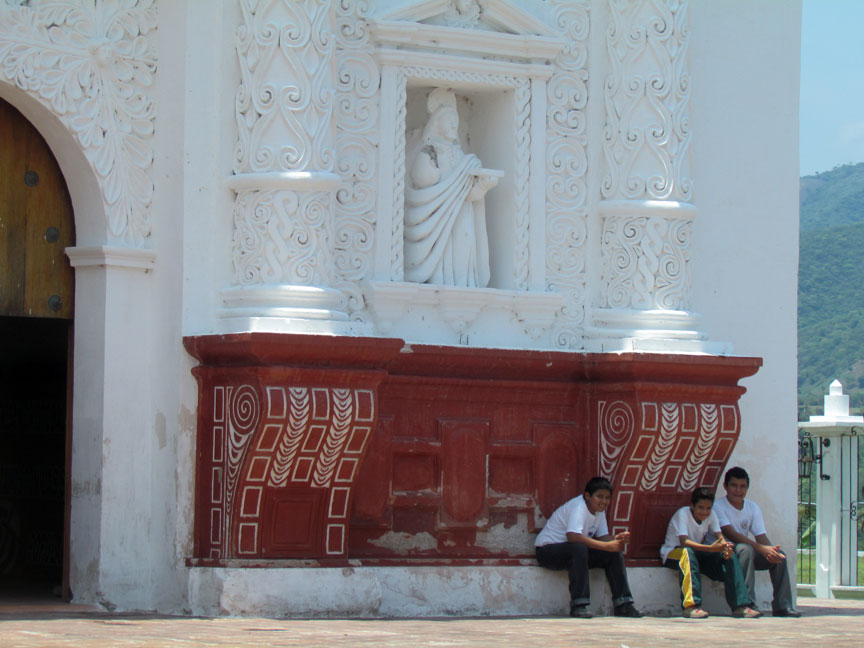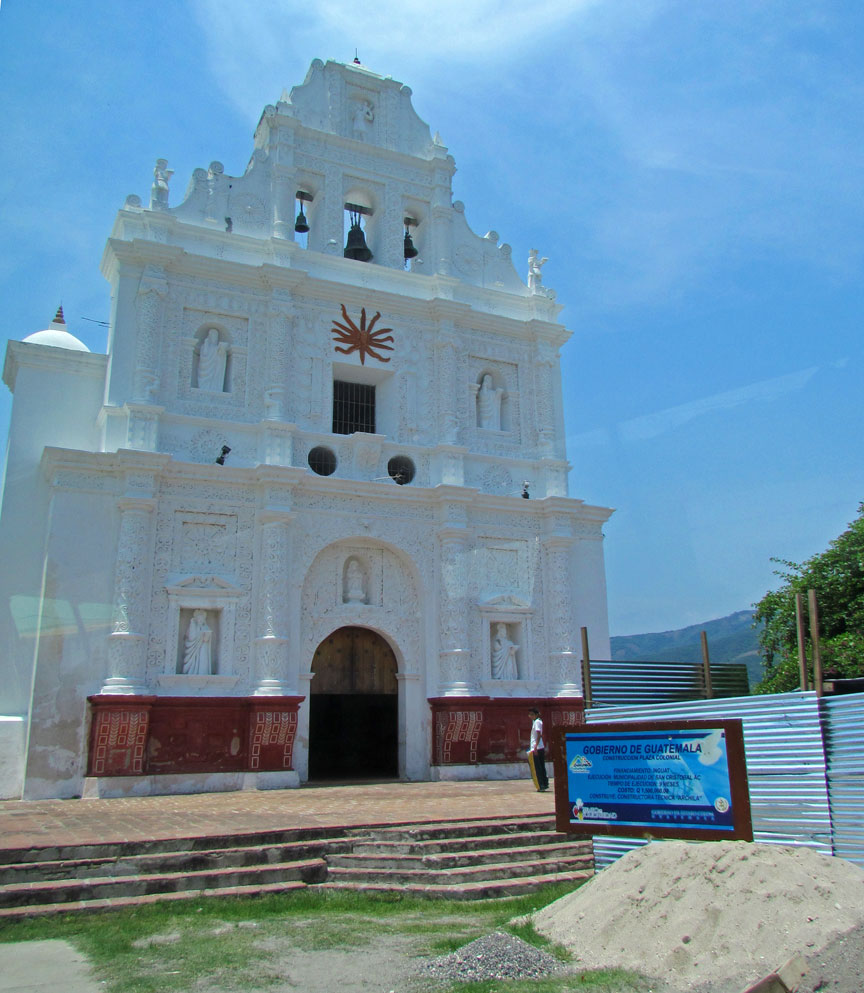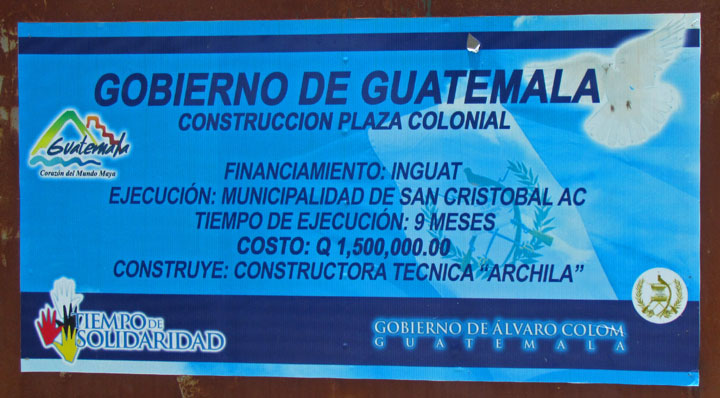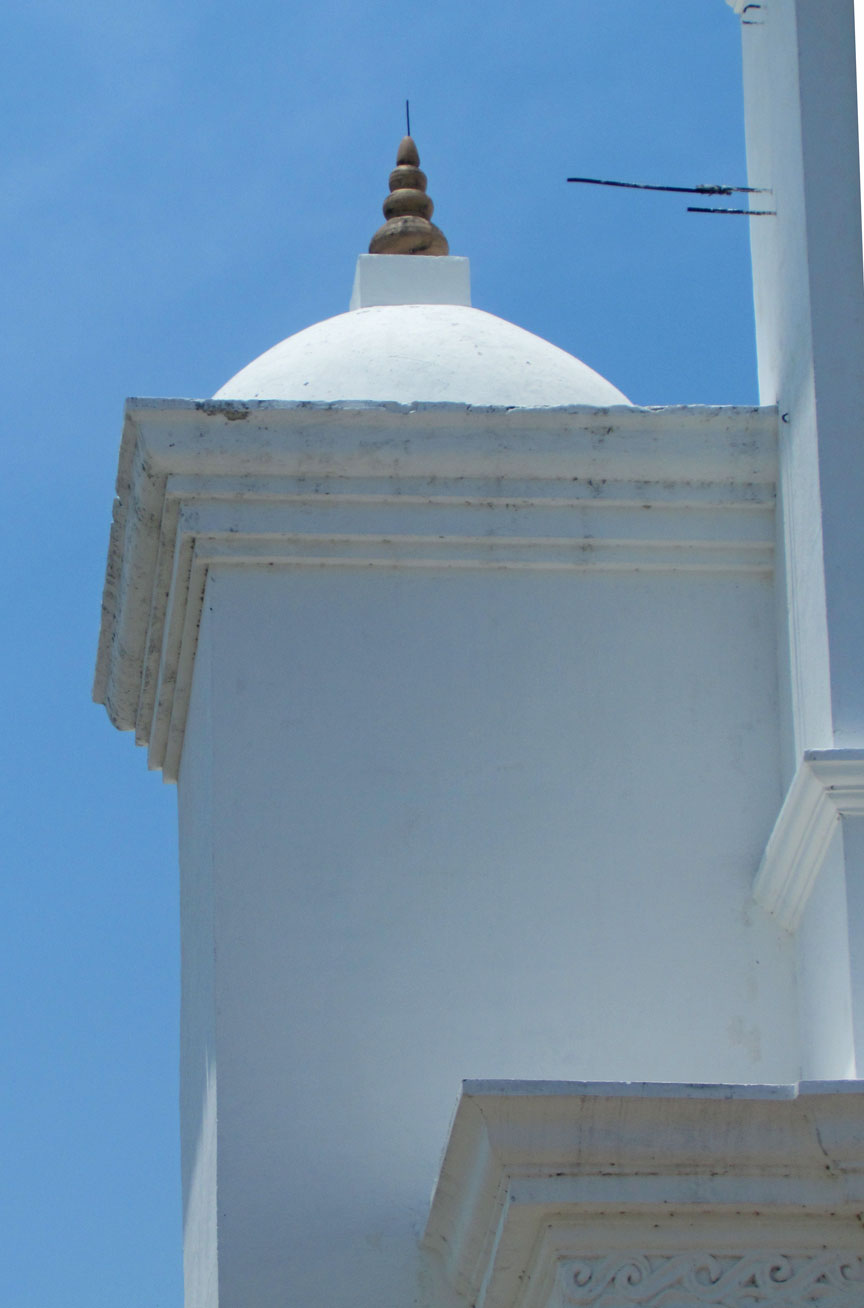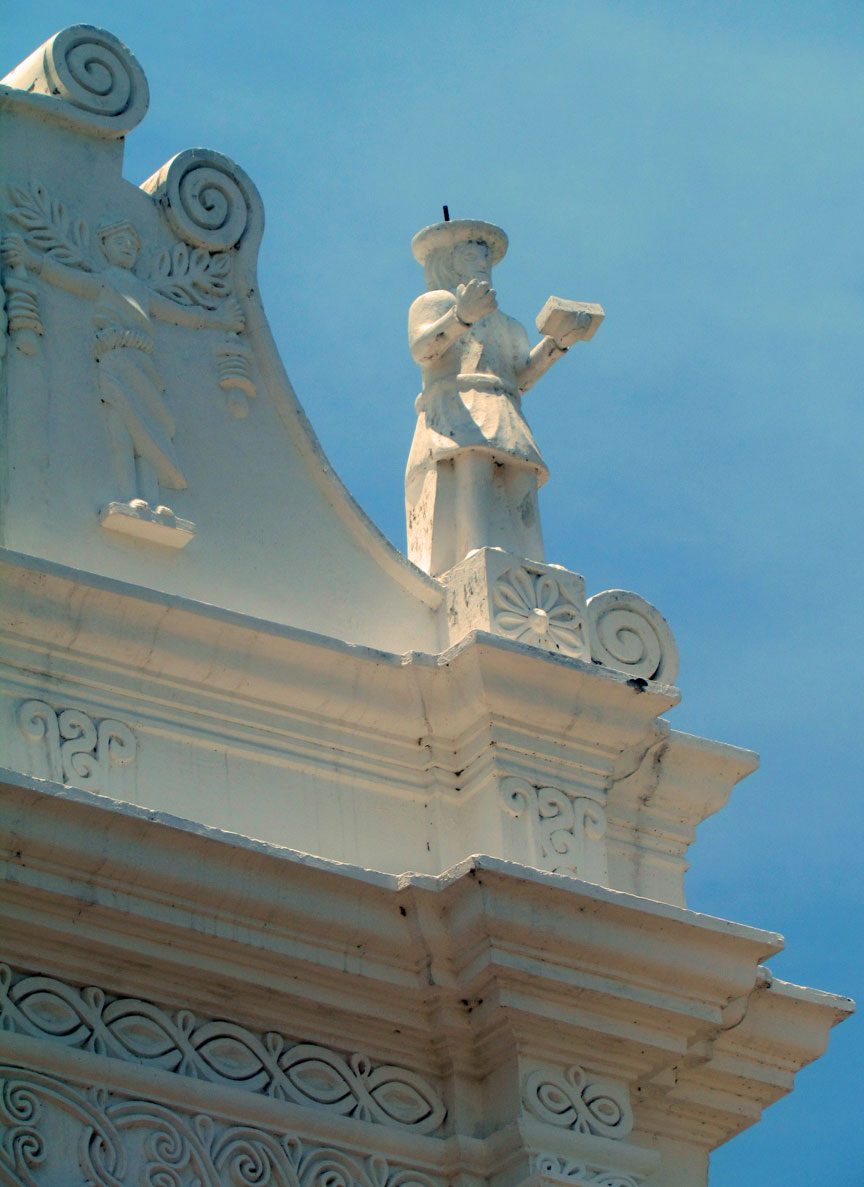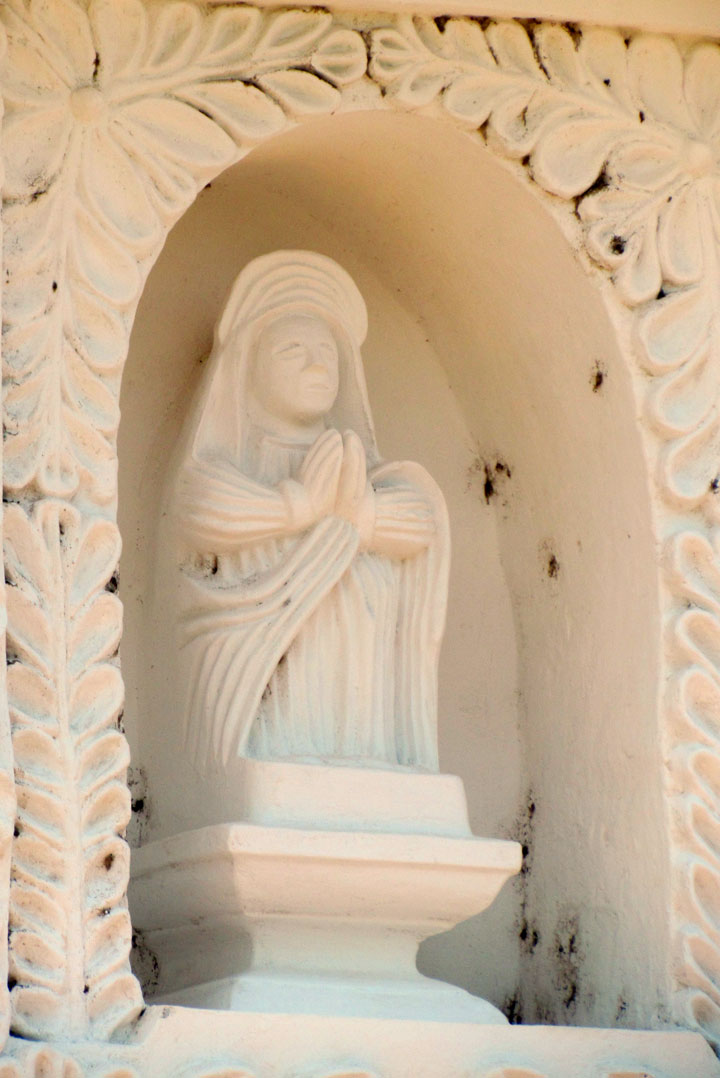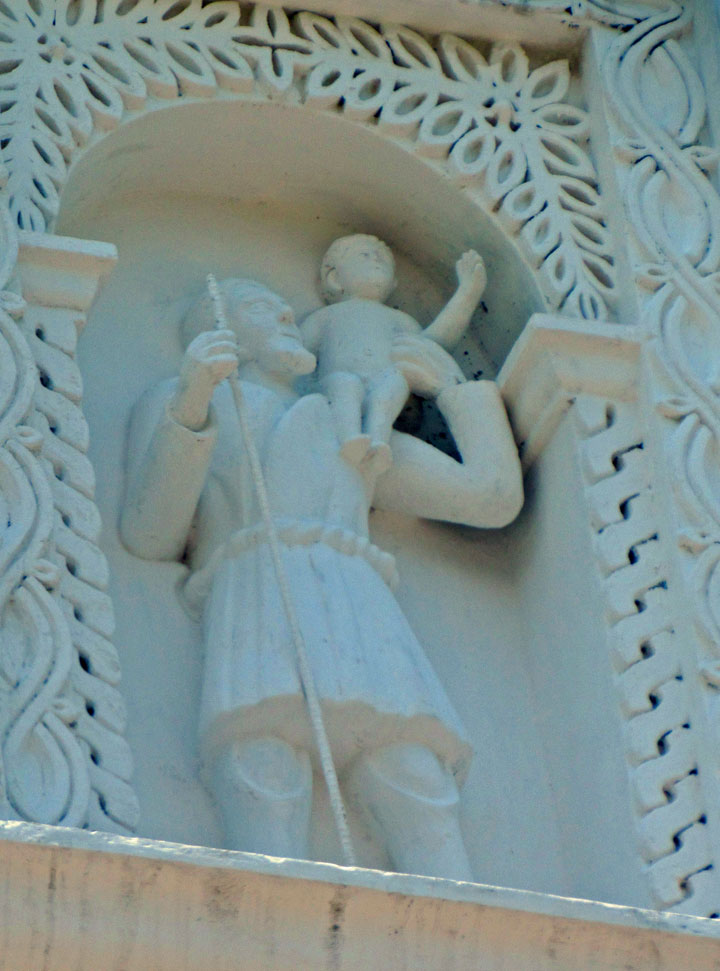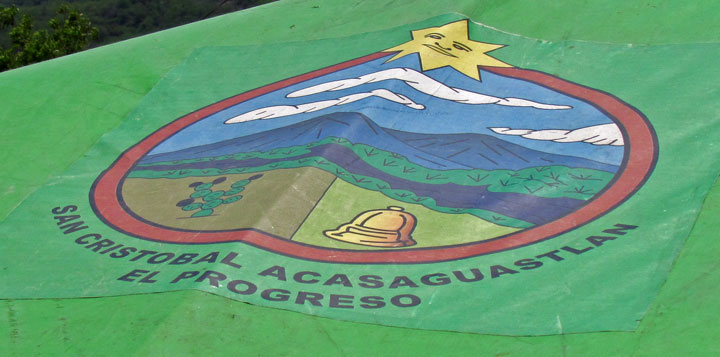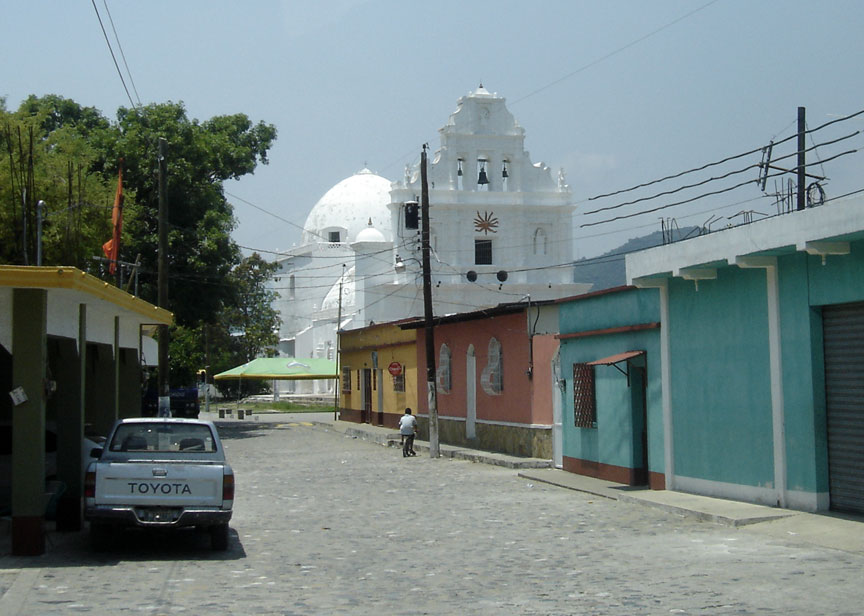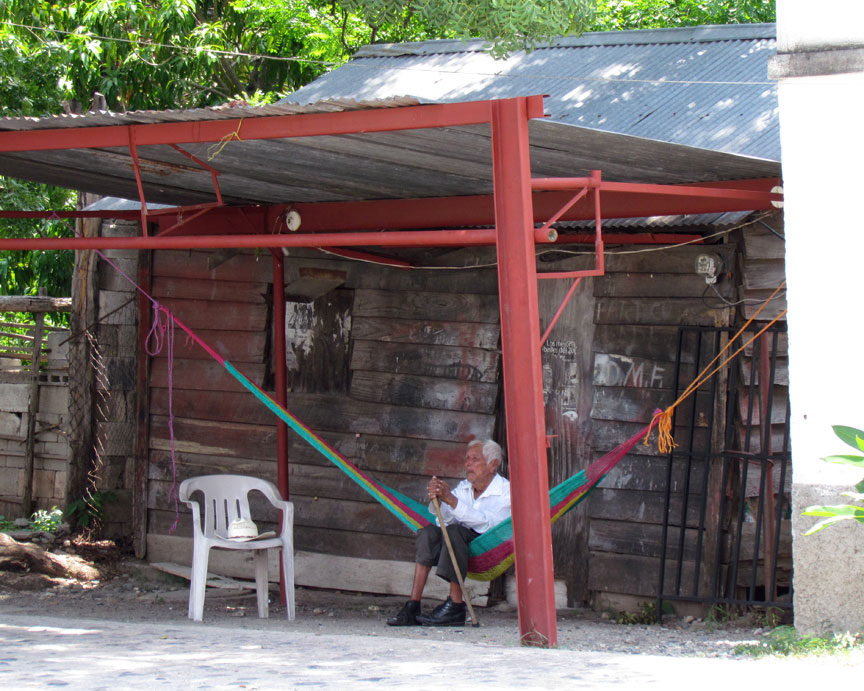

San Cristóbal Acasaguastlán
Guatemala
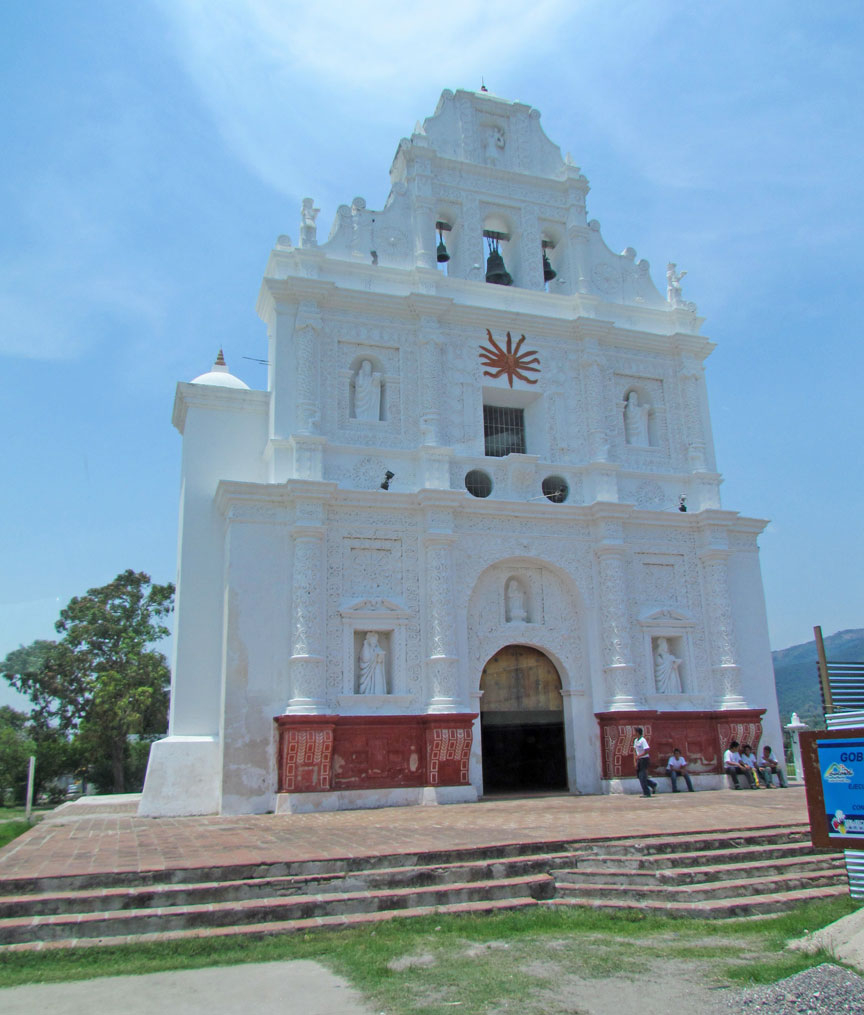
San Cristóbal Acasaguastlán
San Cristóbal Acasaguastlán is a municipality in the El Progreso department of Guatemala. The head town of San Cristóbal Acasaguastlán is situated on the northern bank of the Motagua River at an altitude of 250 m. The municipality has a population of 6,129 people (census 2002) and covers a territory of 124 km².
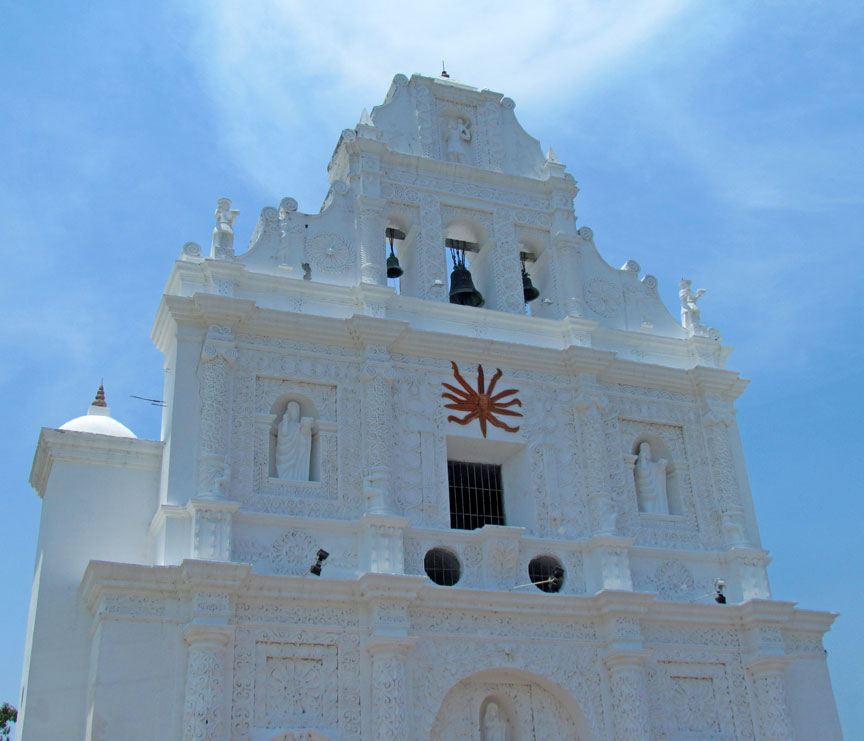
San Cristóbal Acasaguastlán borders with San Agustín Acasaguastlán to the north-west, Usumatlán to the east, and El Jicaro to the south. San Cristóbal Acasaguastlán is located on the inter-ocean highway (CA-9) at 101 kilometer from Guatemala City.

Acasaguastlán's history, has its origin in the Mayan culture, its people are
apparently with the cultures of Copan and Quirigua. In the ninth century and X
invasions Nahuath (Nahoas) are located in the vicinity of Acasaguastlán up a
cultural mixture that surely led to the original language and the place known
only as the language Tlacabatleca or Alaguilac, the Spaniards are going and
conquest, is founded the town of San Cristobal, placing the system instead of
the aboriginal peoples of Spanish, as was customary at the time of conquest and
forced submission to living in hills and mountains so scattered, forcing them to
dislodge the Tinamit (town or city) as a religious, political and commercial.
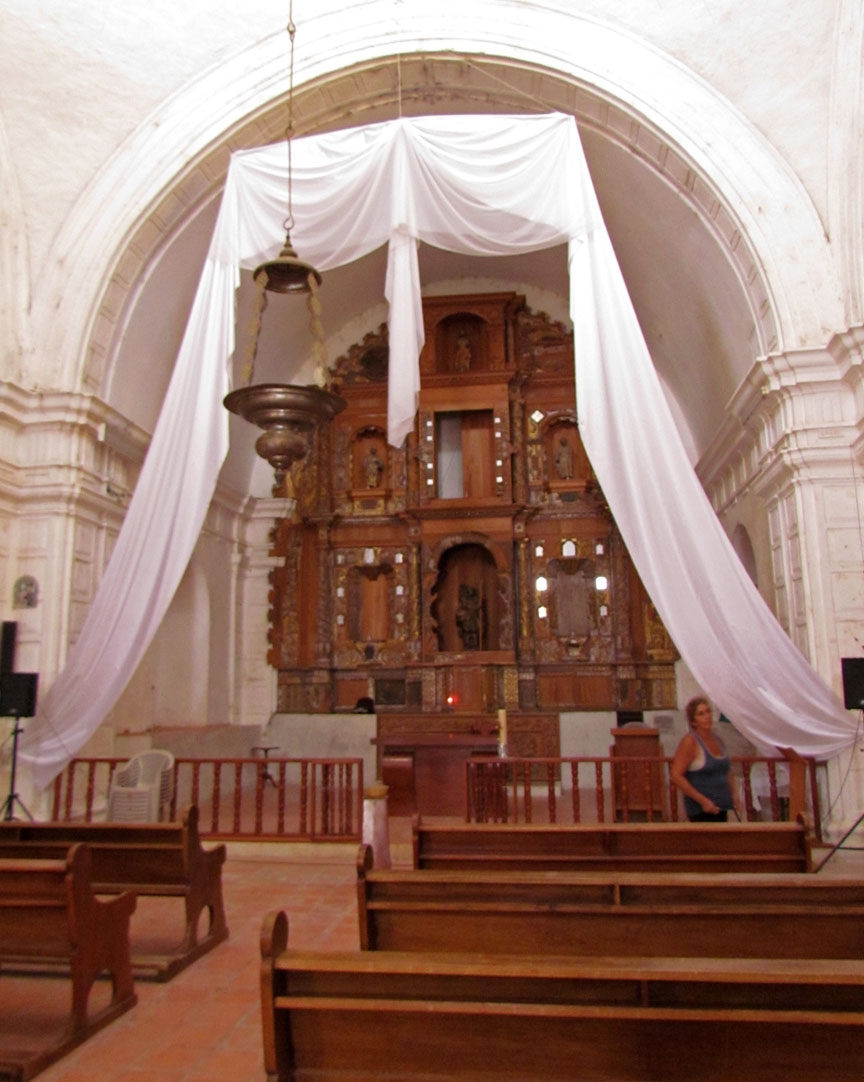
At the time of the conquest is the town of Acasaguastlán an important religious shrine, holy and sacred place for Indians, situated on the banks of the Motagua River, near what is now the seat of the Municipality of San Cristóbal Acasaguastlán, holy for the Indians but did not have major construction, only mounds of worship as is Guaytán.This preponderance of religion and politics is used by the Spaniards to convert the status of prehistoric Acasaguastlán province in Spanish, so it is important to mention the importance of the town of San Cristobal, in the pro-independence riots of 1812, and set its central square as the first where were the first cries for independence.
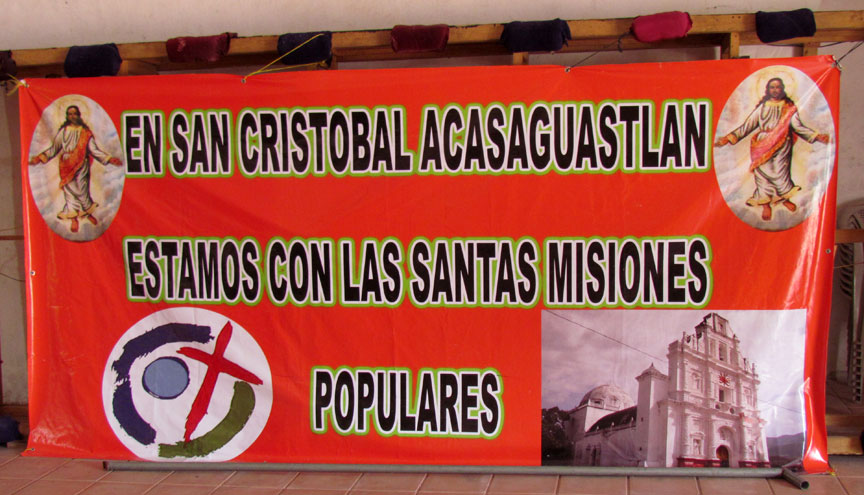
Today is the people of Acasaguastlán the head of the municipality of San Cristóbal Acasaguastlán. The Municipality of San Cristóbal Acasaguastlán, Zacapa belonged to before the creation of Decree 683 of April 13, 1908 which created the Department of El Progreso, the town goes to the Department of Zacapa. Legislative Decree 1965 of April 3, 1934 in the establishment of the new Department of El Progreso back again the municipality of San Cristóbal Acasaguastlán to the Department of El Progreso Acasaguastlán was the original name as this town was the seat of corregimiento of the same name now bears the name of San Cristobal Acasaguastlán. Two of the finest examples of 16th-century Baroque architecture can be found in San Agustín Acasaguastlán and San Cristóbal Acasaguastlán in El Progreso.
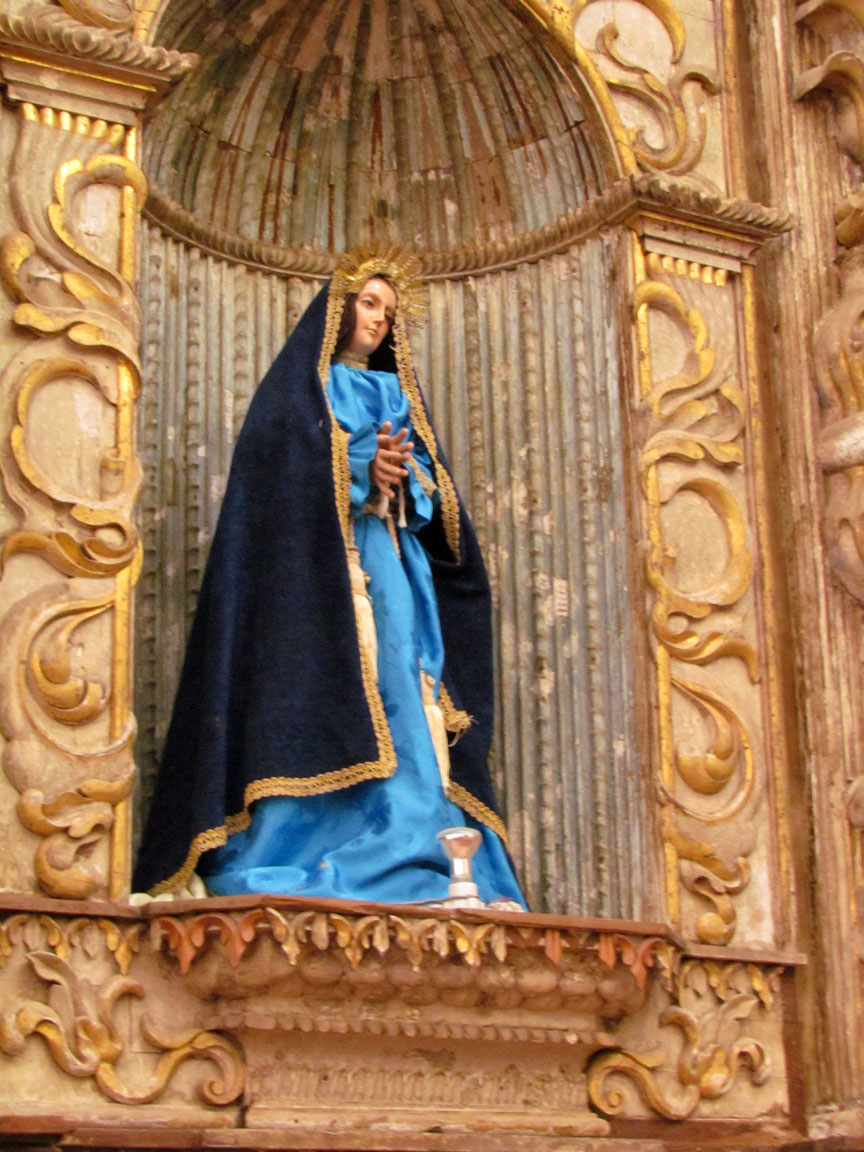
San Cristobal is currently the only municipality in Guatemala to be 100%
literate.
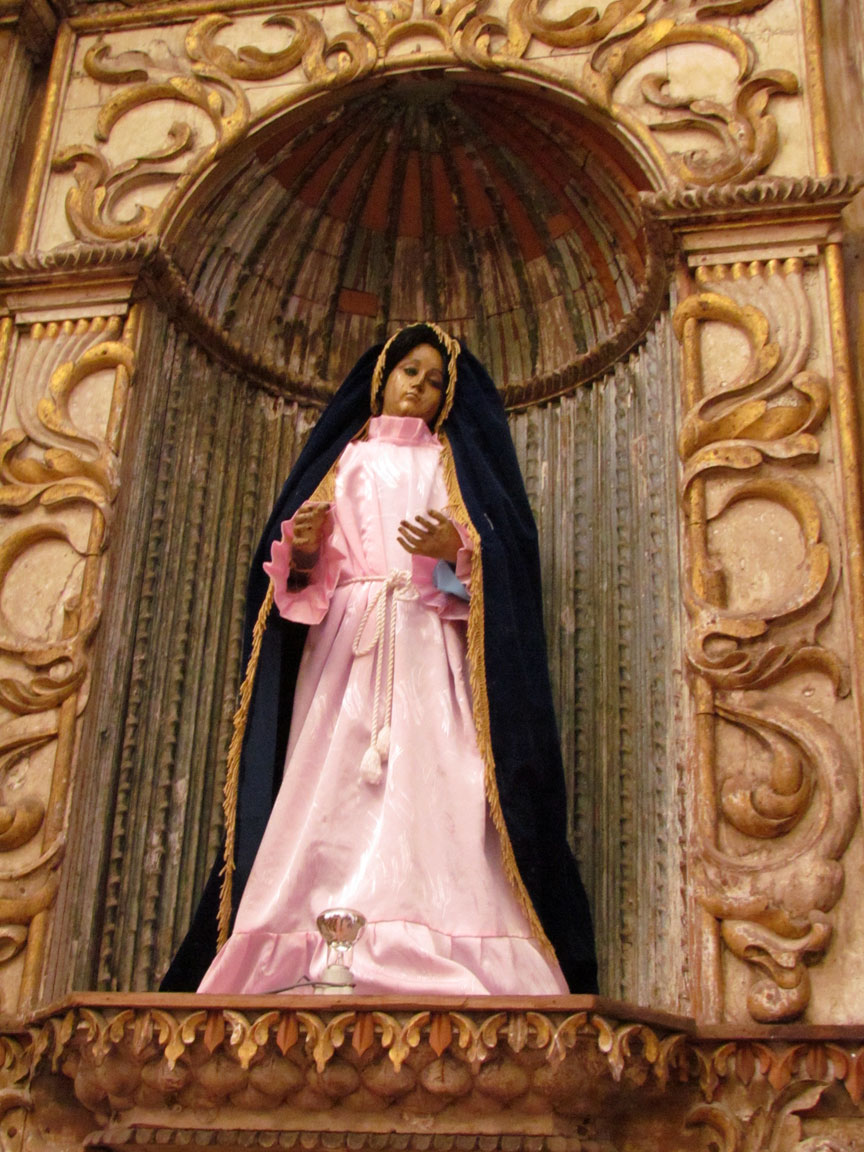
The colonial Cathedral of San Cristobal of 1654 is restored to its former glory
and promises to be on par with the cathedrals and churches found in Antigua. The
restoration project is being undertaken to undo damage caused by the earthquake
of 1976.
Text from Wikipedia
